Icelandic Food Part Two Posted by sequoia on May 22, 2012 in Icelandic culture
The first part dealing with this is here, but again we’ll have a post about Icelandic food. Some of these things aren’t specifically Icelandic and they’re not all traditional food either, but I doubt they’re very widespread at least. Unless stated otherwise, these were all found at Bónus, a normal grocery store.
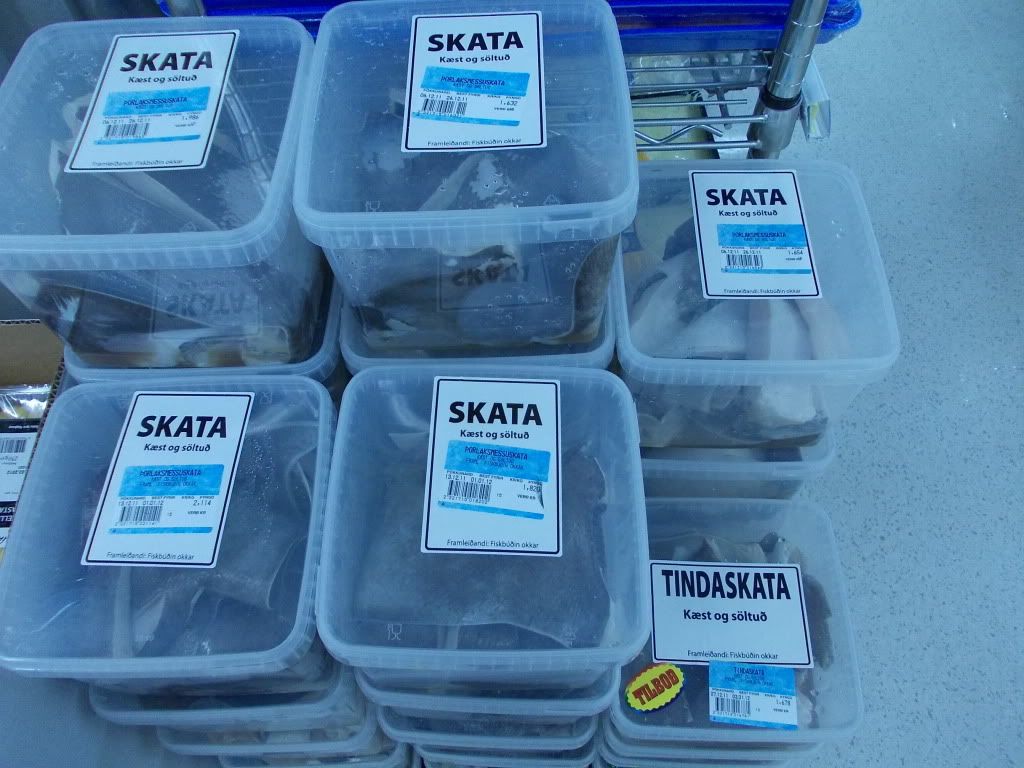
Skate, a more traditional food. You can’t always find it in buckets like this (I think this was taken around Christmastime).
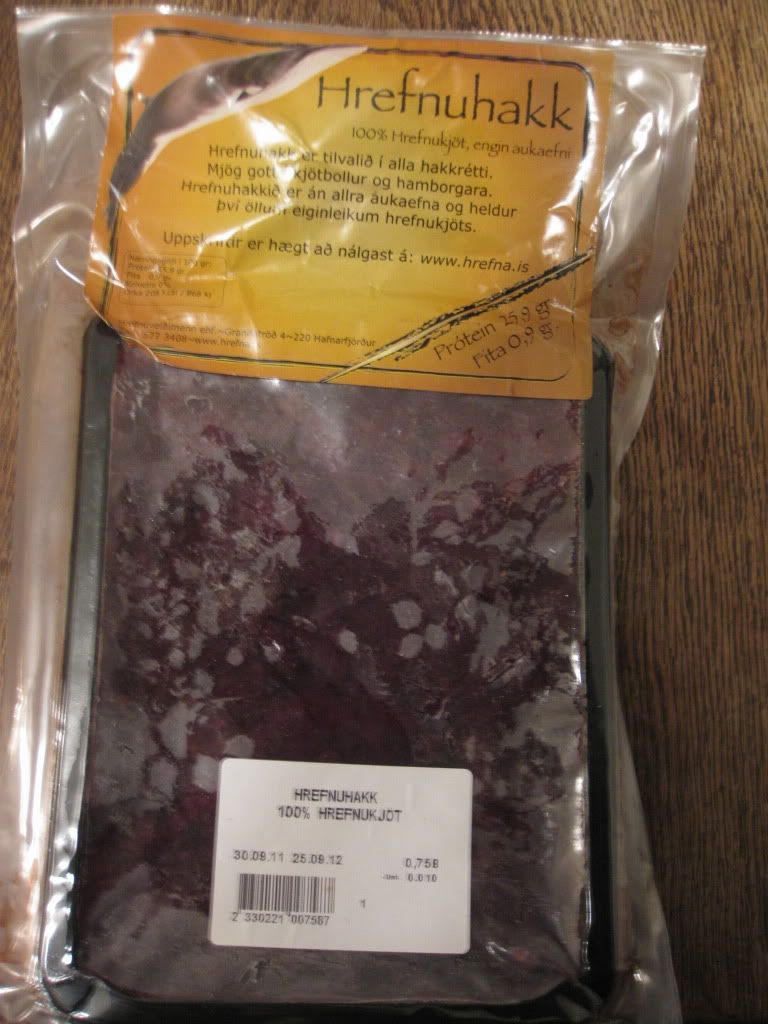
100% minced/ground whale. It was surprisingly cheap.
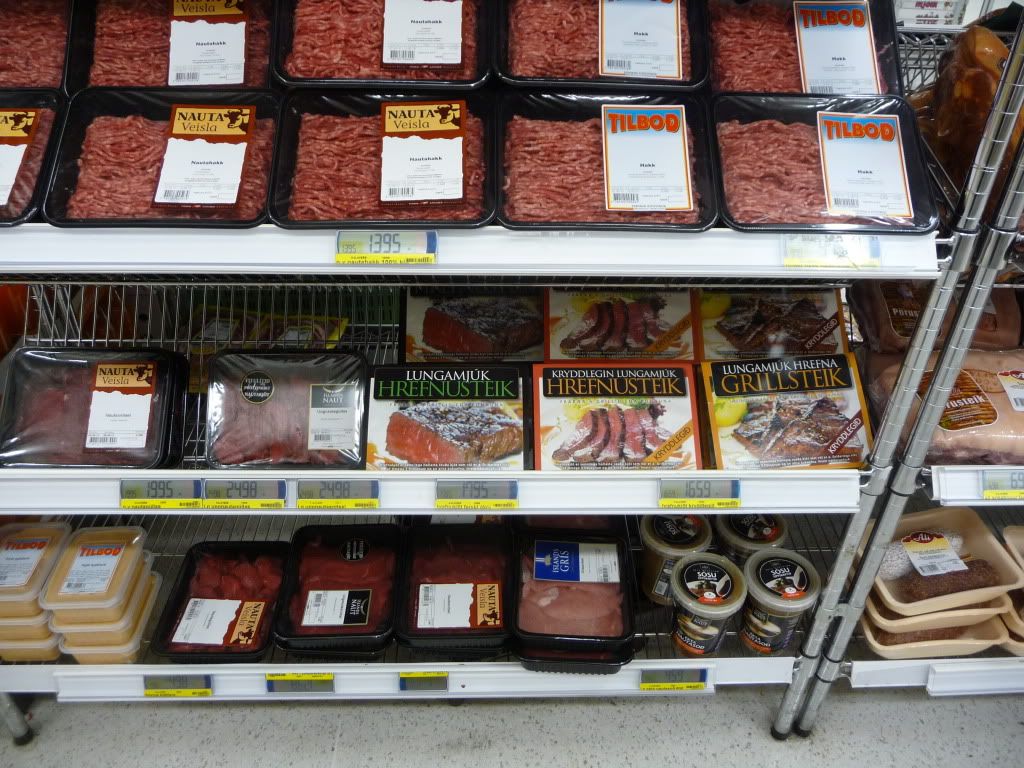
On the top row is ground beef (mincemeat), the middle has different types of whale steak in those little boxes, and the bottom row also has pork and some sauces in little containers. Prices for meat nowadays are almost all listed per kilo (except for some things like the sausages at the very bottom-right, where the exact price is printed), so the prices you see there often have to be divided by the weight of the meat and aren’t usually the real ones.
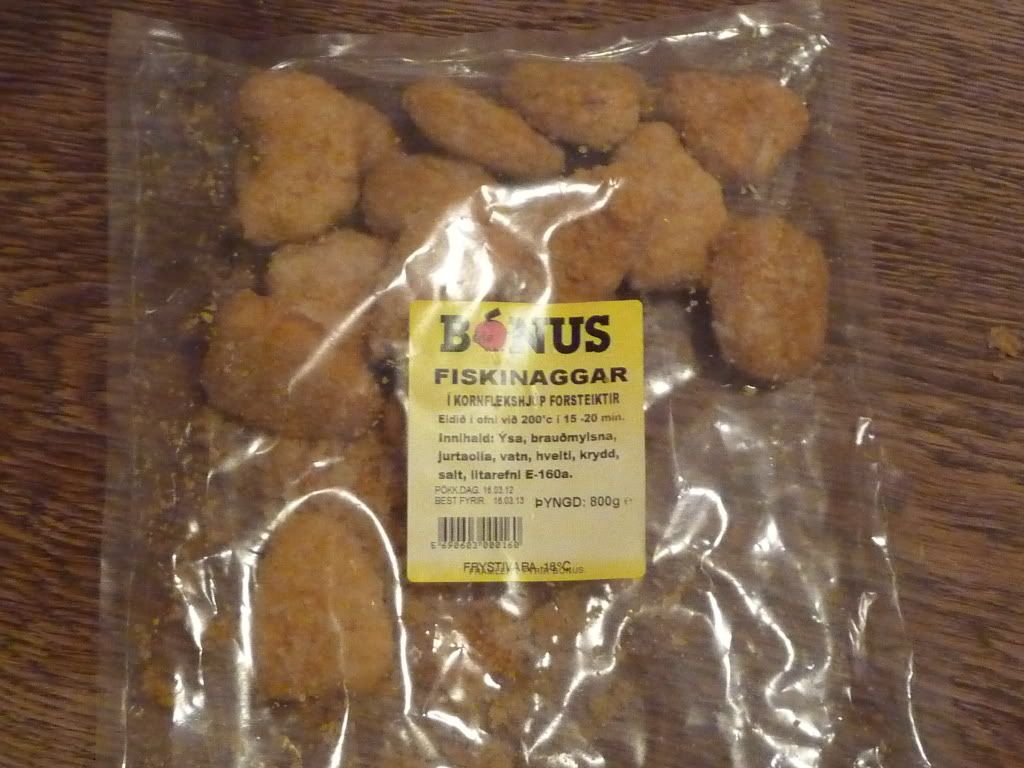
Cornflaked (instead of breaded) haddock. Iceland’s normal type of breading is a really strange, orange-yellow mix of things (I don’t have a photo) but in the end it doesn’t taste so bad. This cornflake type was bad though, the breading came off the fish and tasted soggy after cooking.
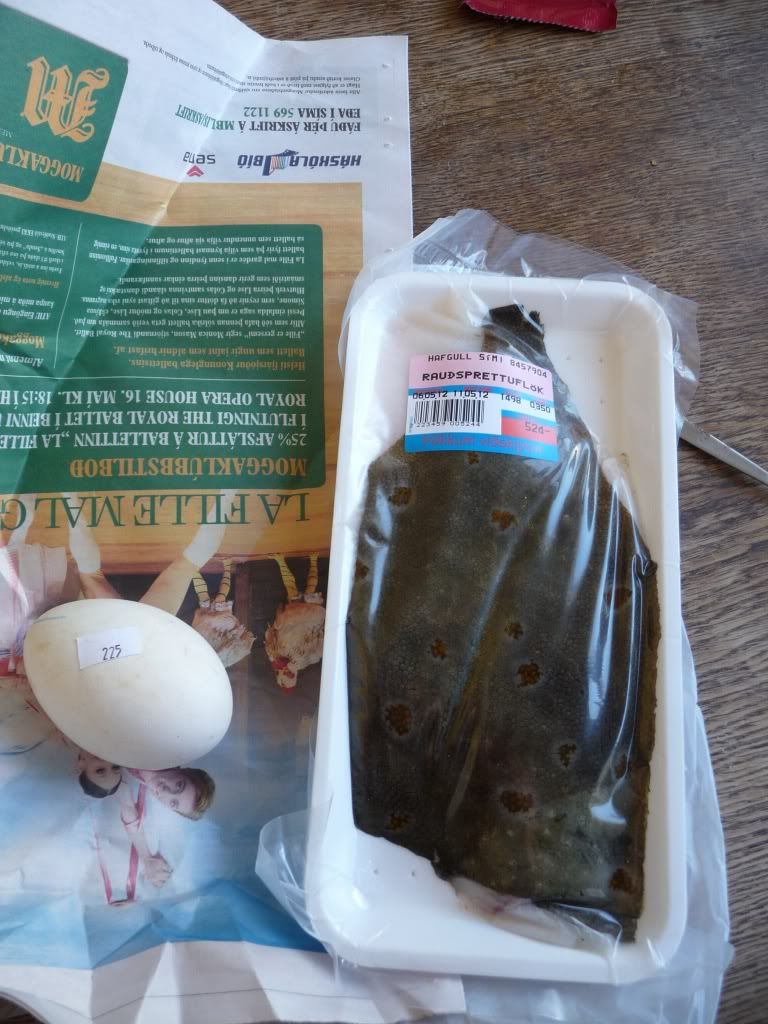
To the left is a goose egg and to the right is flatfish. These were both bought at the Reykjavik flea market, where they had the same flatfish sold pre-marinated in curry mix, “Mexican-style” (meaning slightly spiced and orange-coloured), and garlic sauce. The prices for the pre-seasoned types were around 1,000kr (kr is short for “krónur – crowns”) but the unseasoned were around 600kr. They sell different types of eggs, fish, and bird meat seasonally, including puffin. The egg basically tasted like a regular chicken egg (although I heard this depends on what the goose was eating), and the flatfish didn’t have a strong taste but it was very soft and watery.
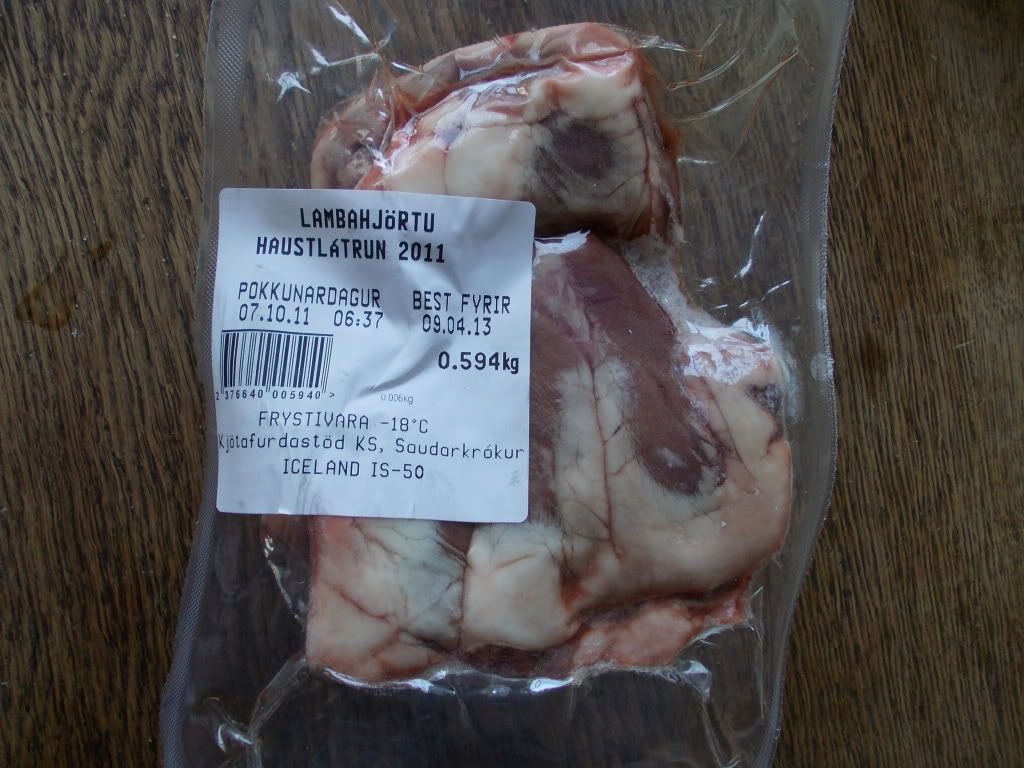
Hearts are one of the cheapest traditional foods in Iceland. These were lamb hearts bought at Bónus, but you can also buy at least pork hearts at the flea market. Depending on how many in the package and where you buy them, they typically range from 200kr to 600kr. Often people use these as stew meat or fry them and eat them that way, and some make meat soup with the leftovers.
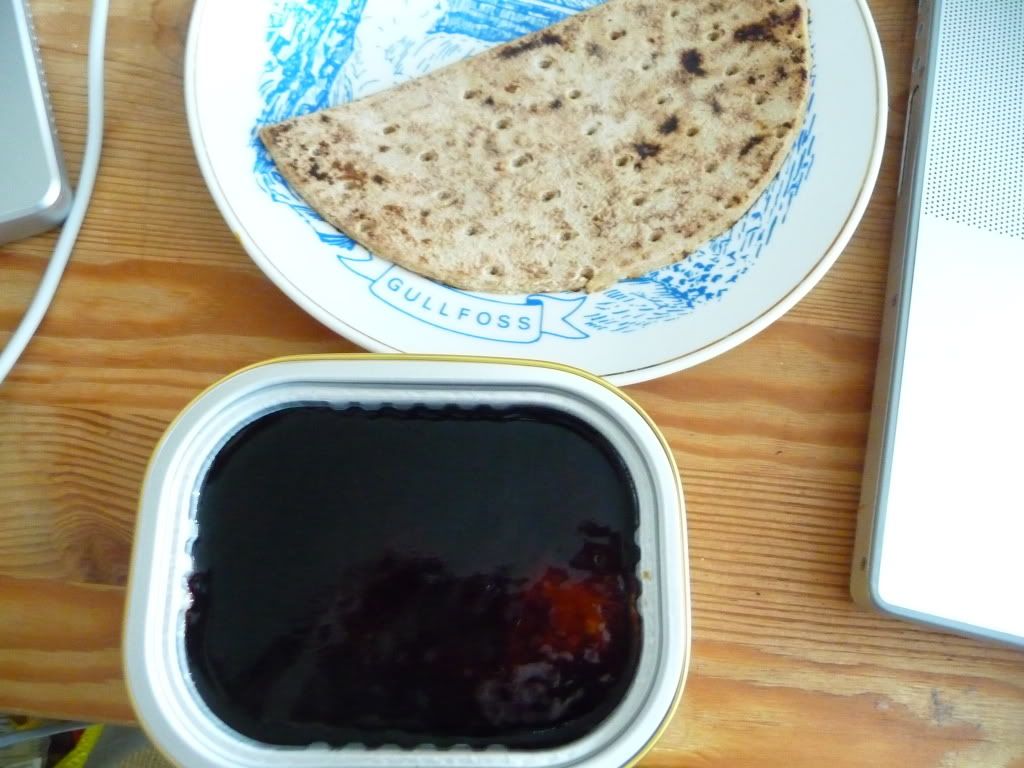
At the top is Icelandic-style flatbread, which is a traditional food that’s still commonly eaten. You pretty much use it just like sandwich bread, although sandwiches in Iceland have less filling than in America. At the bottom is liver paste, which tends to be made of pork, lamb, or even fish liver. Mine looks pretty dark, but it’s actually just a thin layer of fat and seasoning on top while underneath is a normal shade of brown that almost matches the flatbread above. Most of the liver paste I’ve had didn’t have this fat layer on top.
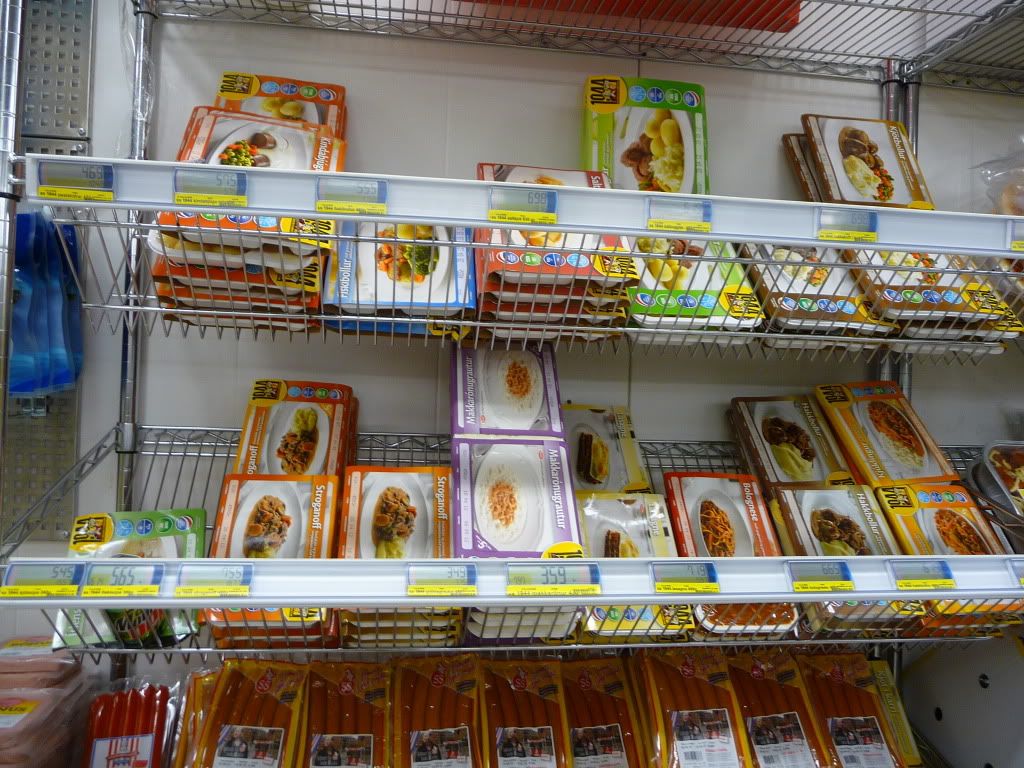
There’s not many instant meals in Iceland and instead they have mostly other “instant” foods that don’t use a microwave, like frozen baguettes, frozen pizza, and instant soup. Here you can see some instant meals sold at Bónus. The round, yellow balls are peeled, mini potatoes. The potatoes are actually that small, although larger varieties also exist. Pictured you can see macaroni porridge, stroganoff, lasagne, and meatballs. Also common but not pictured is “plokkfiskur”, which is a traditional food that’s basically a mash of fish and mashed potatoes with some other things added in, and Icelandic meat soup.
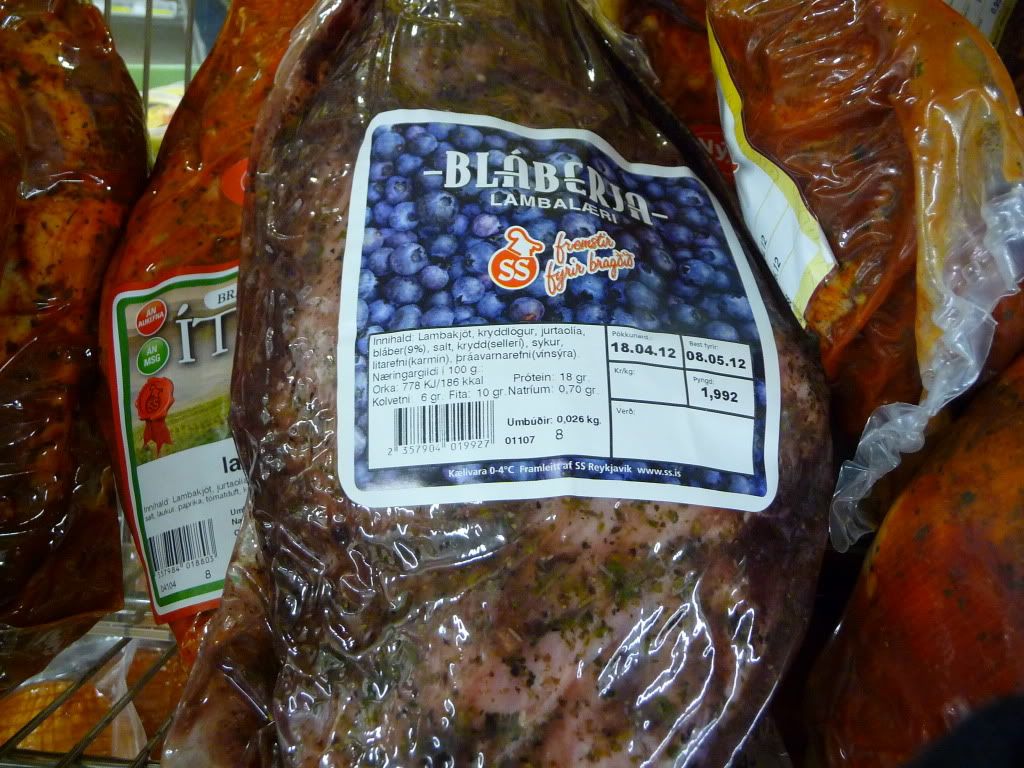
Bilberry lamb. Iceland doesn’t have many berry types and few things grow in the wild compared to other countries, so you can imagine they sometimes put what they do have to strange use. Apparently berries are eaten with meat, baked goods, desserts, and even pasta in some other Nordic countries although I haven’t noticed anything that extreme here.
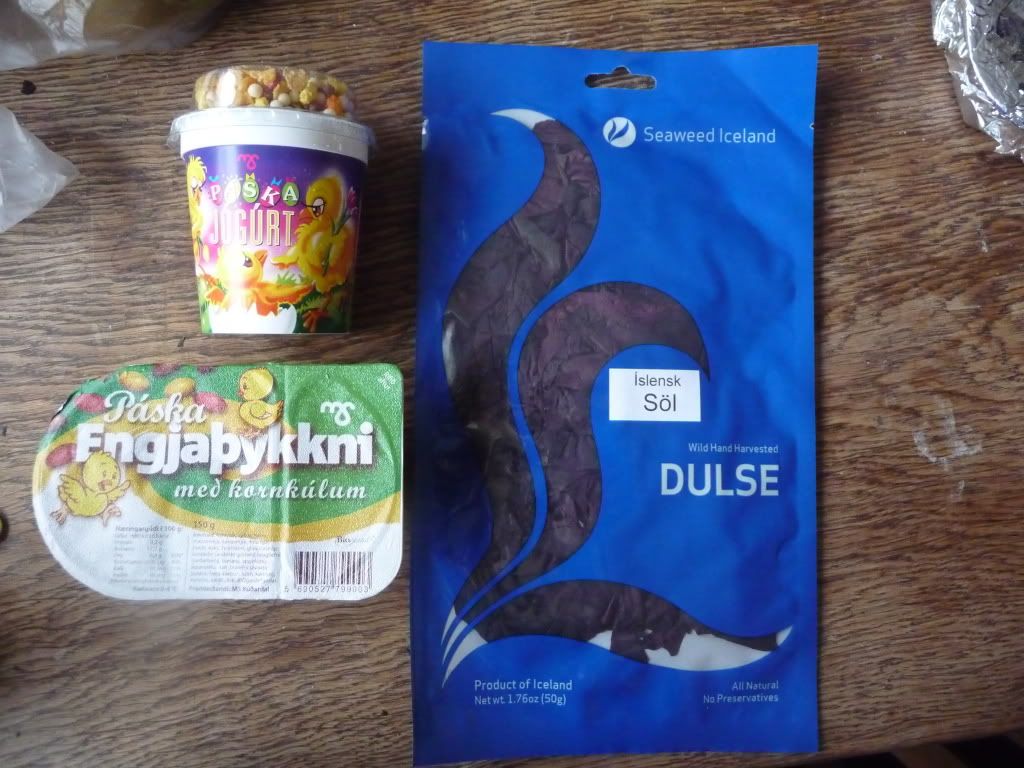
To the left are holiday-packaged Easter yogurt containers that both have toppings (sorry, I forgot the correct word – they’re typically cereal and/or chocolate pieces, never granola) that you can mix in with the yogurt. To the right is a type of red seaweed, the packaging is marketing it towards tourists (normally you can guess this is so if the packaging is in English, but this one was talking as if it didn’t even expect Icelanders to be eating it and only foreigners instead). Although the seaweed claims to be a traditional Icelandic food, and while that makes perfect sense, you don’t see this talked about much if you look for articles about traditional food online. It has a very different flavour compared to the green seaweed types I’ve tried, and it has an aftertaste. The package says it’s good in soup.

At the top-left is fish liver in a little tin packed in oil. At the very right is the same brand of liver paste as shown earlier. The bottom shelf is all sausages. Clearly illustrated is Icelandic caviar, genuinely in little black ball form although you can’t tell from the photo (they have a red version too, for the same price, but it’s not shown in this photo). You can also buy caviar paste that’s typically something like salmon eggs mixed in with some other things, that you’re supposed to spread on bread. There are different types of caviar and also different ways that they prepare them, so that’s why it doesn’t always cost an arm and a leg and may be different colours. You can see that it’s only 459kr ($3.66 USD) per 100g can and 4.590kr ($36.63) per kilo.
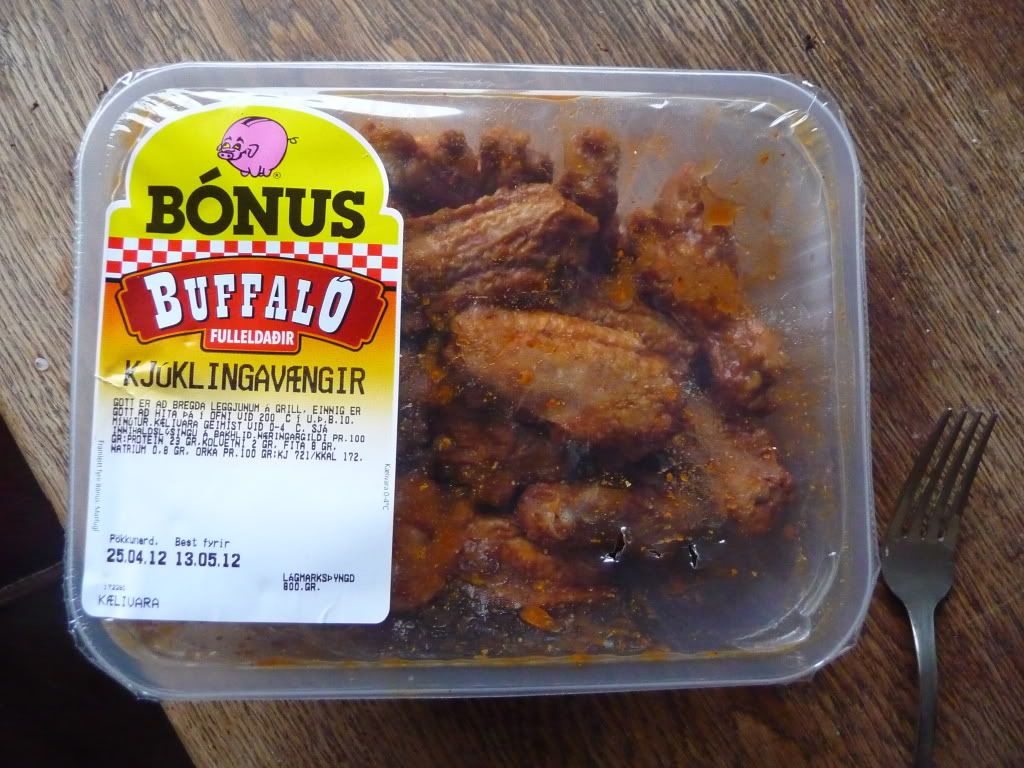
Some foods are Icelandified or just taste different. This includes pre-seasoned things, sushi, American food, pizza, cheese, and Chinese food. For example, there is no heat in any pre-seasoned food calling itself spicy (including sausages). These Buffalo chicken wings may look similar but the taste is pretty different in my opinion. Usually pre-spiced foods are a lot more expensive compared to the same things plain, sometimes being double the price even for a simple seasoning job, but there are some exceptions.
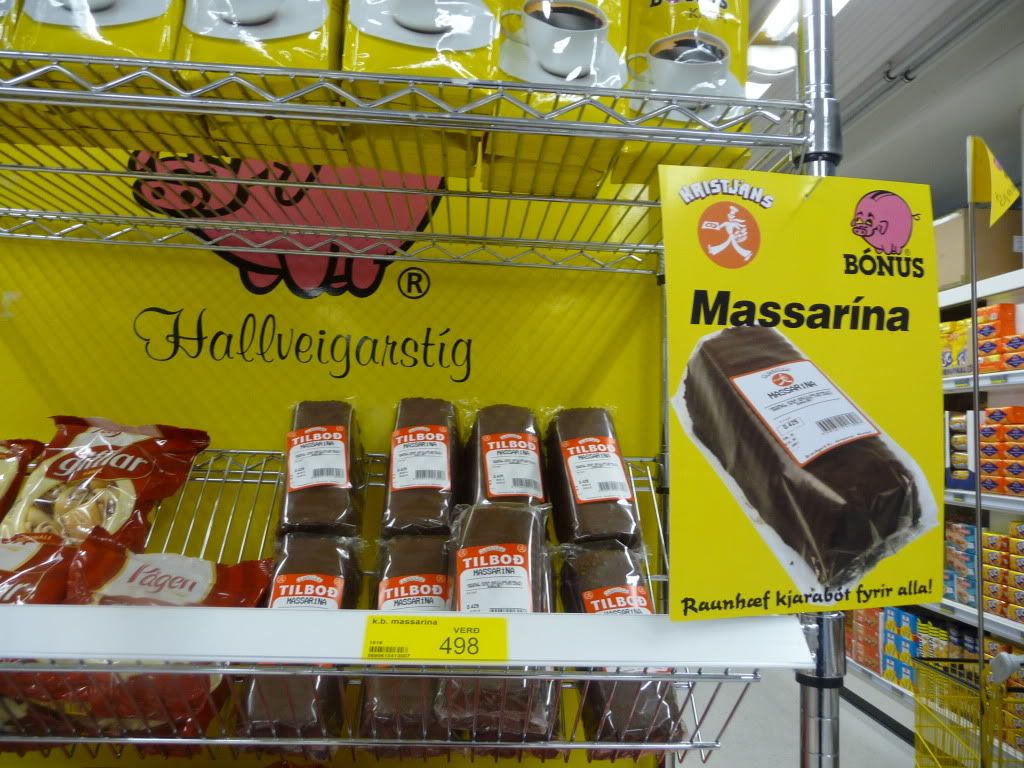
Who’s to say if this is really Icelandified or not, but something with the same name is also a Swedish sort of baked good. The Swedish version looks very different though. I’ve heard of a few so-called Danish and English recipes/foods that are actually Icelandified too, so I can imagine there’s many more things out there that I don’t know about.

Build vocabulary, practice pronunciation, and more with Transparent Language Online. Available anytime, anywhere, on any device.
About the Author: sequoia
I try to write about two-thirds of the blog topics on cultural aspects and one-third on the language, because there's much more out there already on the language compared to daily life information. I try to stay away from touristy things because there's more of that out there than anything else on Iceland, and I feel like talking about that stuff gives you the wrong impression of Iceland.



